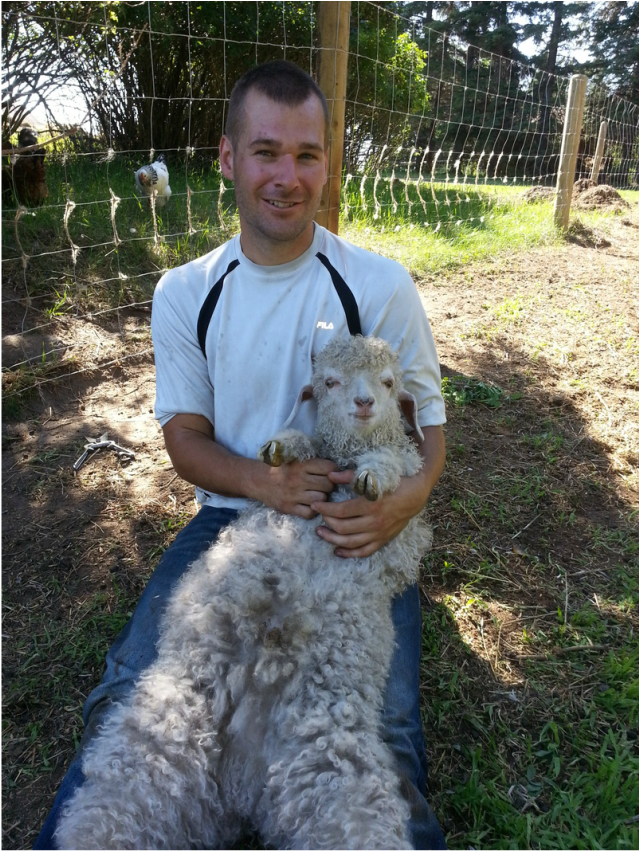
I have been doing a ton of research on worming farm animals. The wormer, Ivomectin and its derivitives and generic brands, was like a Heaven sent drug because it not only eliminated the worms, but also the nose bots and mites and lice. It seemed too good to be true, and indeed it was. In a relatively short time, the worms adapted and became super worms and the dosage of Ivomectin had to be increased. Then the superbugs became resistant to the wormer all together, resulting in some losses of animals who then became anemic and died before the real problem was discovered.
I asked what people used before chemical wormers. No one really seemed to remember, but after more research, it was determined that the strongest animals were bred and the others were culled. The more primitive breeds were much more able to carry their worm load and not die even without intervention. Some herbs were used in the past as well, including garlic and artemesia or as it is commonly called, wormwood. Black walnut hulls were commonly utilized in areas where they were plentiful, however; too much of wormwood or walnut could cause death, so the farmers had to know how to use these substances correctly. Garlic seemed the easiest to obtain in my area and the safest.
So, we have switched over to worming with garlic. The worms are not killed by garlic, but rather the host, stinking of the herb, does not support a hospitable environment for the worms and they leave. Without the intermittent host, the life cycle is interrupted, and the worms die off. In the beginning the garlic should be administered weekly and the length of time before dosages could be extended once the general worm population died off. Farm conditions and the numbers and proximity of sheep to each other (crowding) and also the breed (primitive or unimproved sheep being by far the most worm resistant and man bred sheep being usually the most susceptible) determine how long the garlic needs to used weekly, then monthly thereafter, once the worms are controlled.
While the sheep and goats were having their hooves trimmed, the perfect opportunity to dose with garlic arises, since the sheep are already corralled and captive. The ingredients of the garlic wormer can vary. I used milk replacer as the liquid because I was bottle feeding a lamb and had it on hand, but it is more common to use a mixture of powdered garlic (not garlic salt) or fresh garlic at the rate of one teaspoon per lamb and 1 tablespoon per sheep, but a tablespoon of garlic can cause severe stomach upset, considering it is dehydrated and powdered. An eighth of a teaspoon of powdered garlic equals 1 medium clove of garlic, so 8 cloves equal 1 teaspoon and three times that, or 24 cloves equals one tablespoon. Way tooooooo much! Some sheep and lambs are more sensitive to garlic too, so watch for lethargy or what looks like doubling over due to stomach upset. Sheep do not vomit really, but pigs can and will from overdosing garlic if they are sensitive to it. So will humans.
if you have only a few sheep, then peeling and mincing raw garlic is great, but when there are many, powdered garlic is much easier. It can be mixed with water and molasses to make it palatable and so it can squirt through a syringe. This time I mixed it with milk replacer. Some sheep seemed to like it even! In a week they will get another dose, likely with molasses instead. My friend uses a gun syringe to do her sheep with a premeasured dose. What a great idea! The goats were easiest, since they were the smallest and most are very tame and friendly. Even Colby Junior, the baby buckling Angora did not seem to mind. He stretched out afterwards and actually fell asleep. So cute!

 RSS Feed
RSS Feed